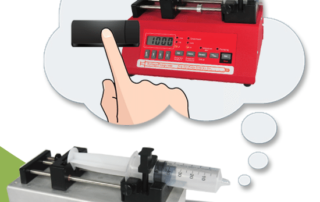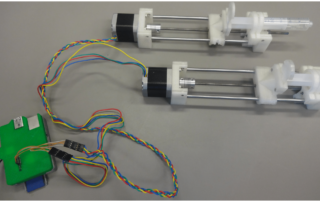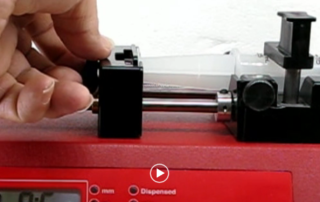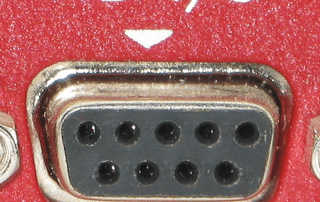Operate an OEM pump without buttons or display?
Here we play while the rest of the world sleeps, or so it seems. When I get up in the morning the second thing I do is read my email. First thing? This is when I get customers and potential customers asking questions. Questions about applications and problems. One of today's potential customers had [...]




